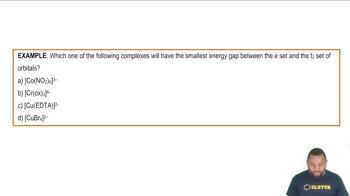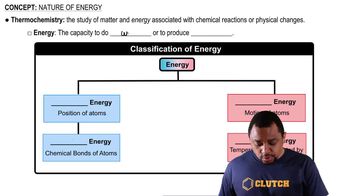One of the molecular orbitals of the H2- ion is sketched below:
(a) Is the molecular orbital a s or p MO? Is it bonding or antibonding?




One of the molecular orbitals of the H2- ion is sketched below:
(a) Is the molecular orbital a s or p MO? Is it bonding or antibonding?
One of the molecular orbitals of the H2- ion is sketched below: (d) Compared to the H¬H bond in H2, the H¬H bond in H2- is expected to be which of the following: (i) Shorter and stronger, (ii) longer and stronger, (iii) shorter and weaker, (iv) longer and weaker, or (v) the same length and strength?
Place the following molecules and ions in order from smallest to largest bond order: N22+, He2+, Cl2 H2-, O22-.
Azo dyes are organic dyes that are used for many applications, such as the coloring of fabrics. Many azo dyes are derivatives of the organic substance azobenzene, C12H10N2. A closely related substance is hydrazobenzene, C12H12N2. The Lewis structures of these two substances are
(Recall the shorthand notation used for benzene.) (c) Predict the N¬N¬C angles in each of the substances.
Carbon monoxide, CO, is isoelectronic to N2. (d) Would you expect the p2p MOs of CO to have equal atomic orbital contributions from the C and O atoms? If not, which atom would have the greater contribution?